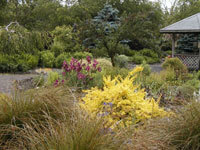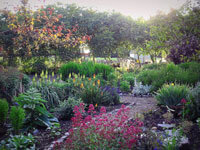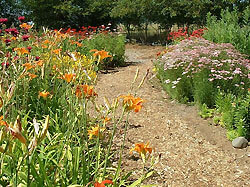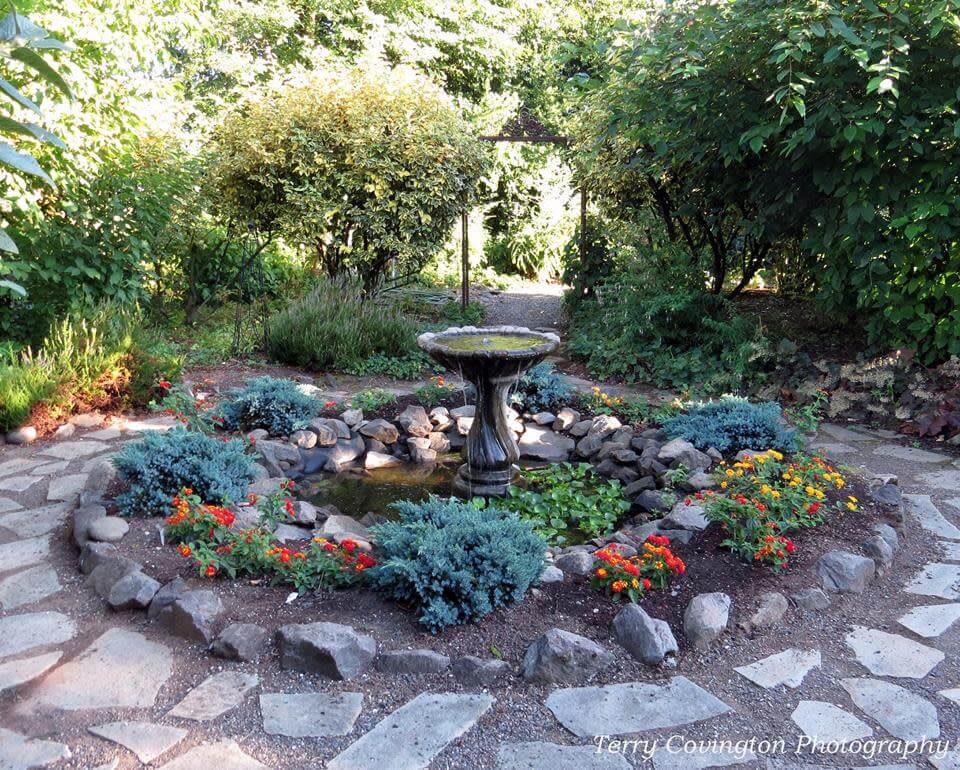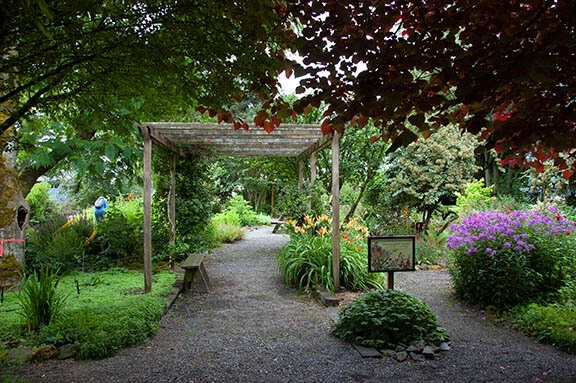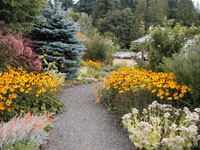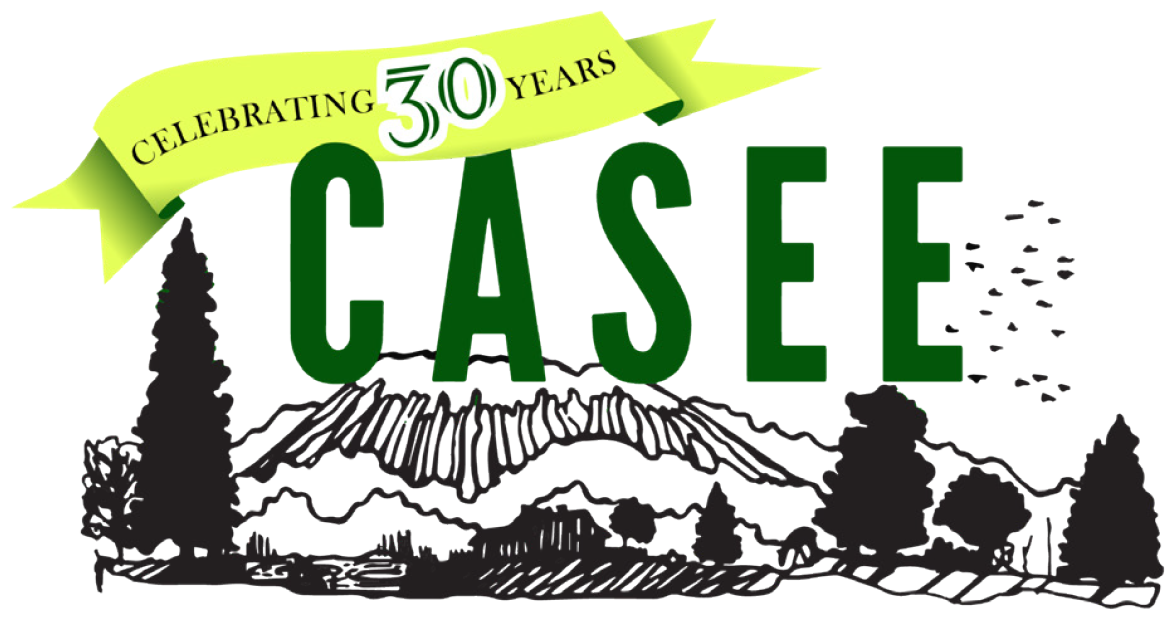Greenhouses and more
Thanks to the dedication of a few passionate teachers and many public agencies the CASEE campus is a shining light for STEM education in Southwest Washington!
Greenhouses
The CASEE campus includes two greenhouses with heating and water systems allowing students to grow plants year round. Greenhouse activities include native plant propagation, growth condition experiments, bare root plant potting and vegetable seed starting for the organic garden.
CASEE students maintain their own native plant stock for restoration work and inventory for a plant sale fundraiser every spring.
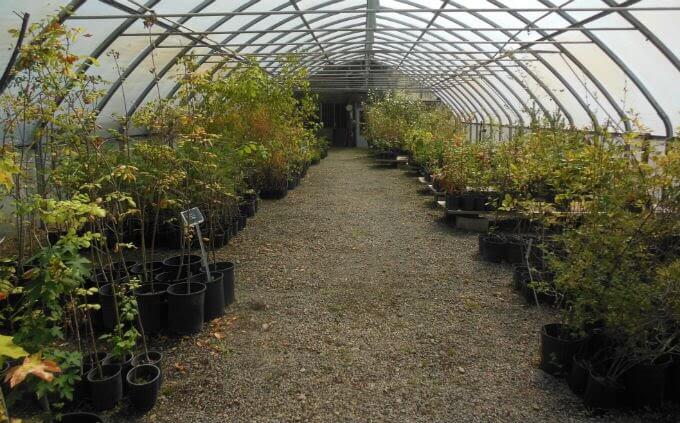
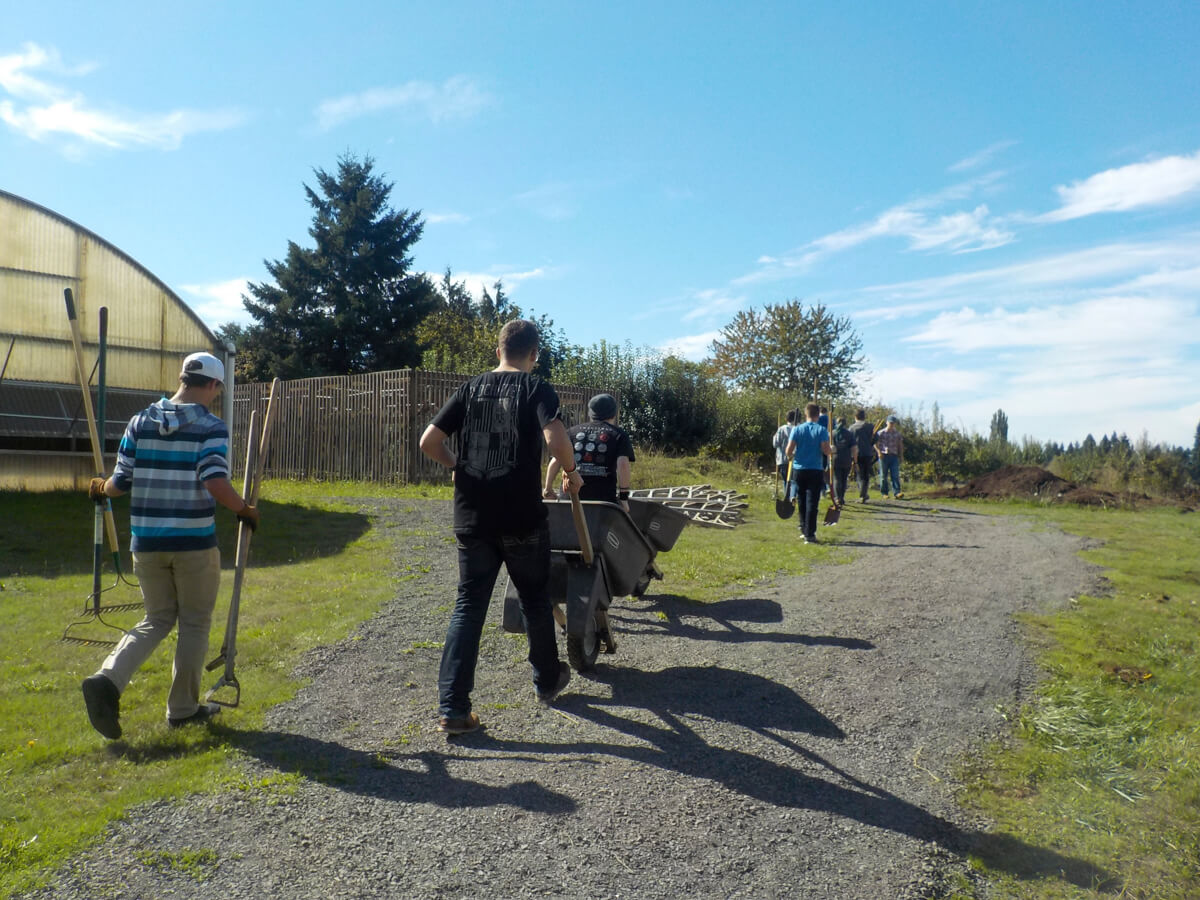
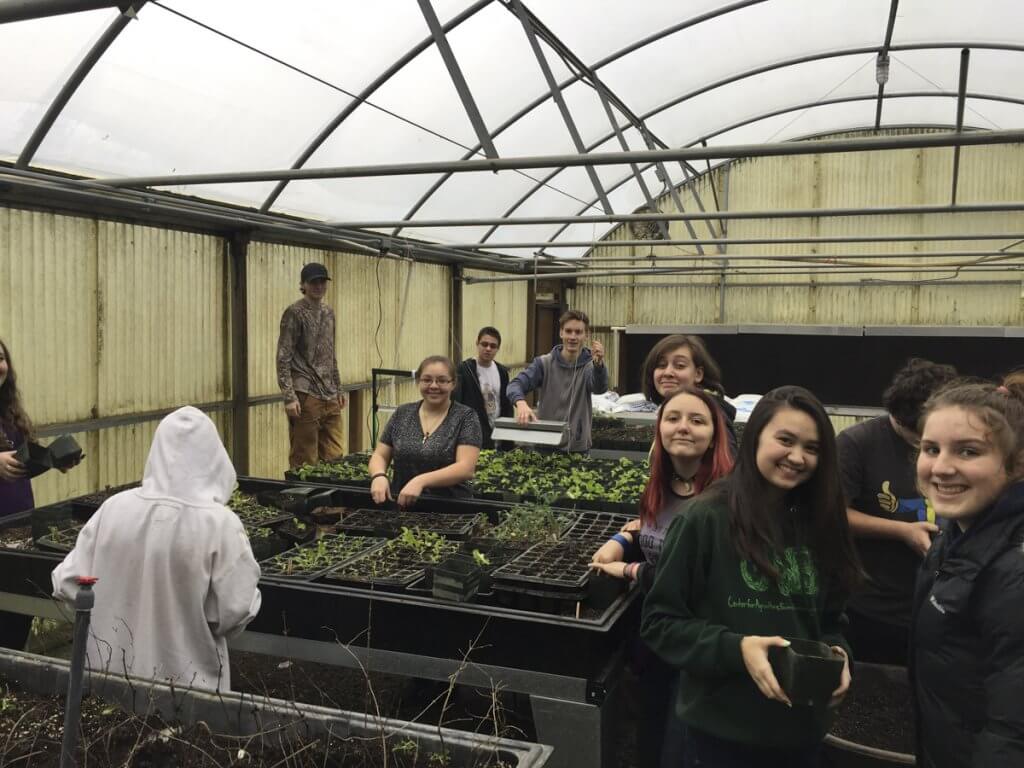
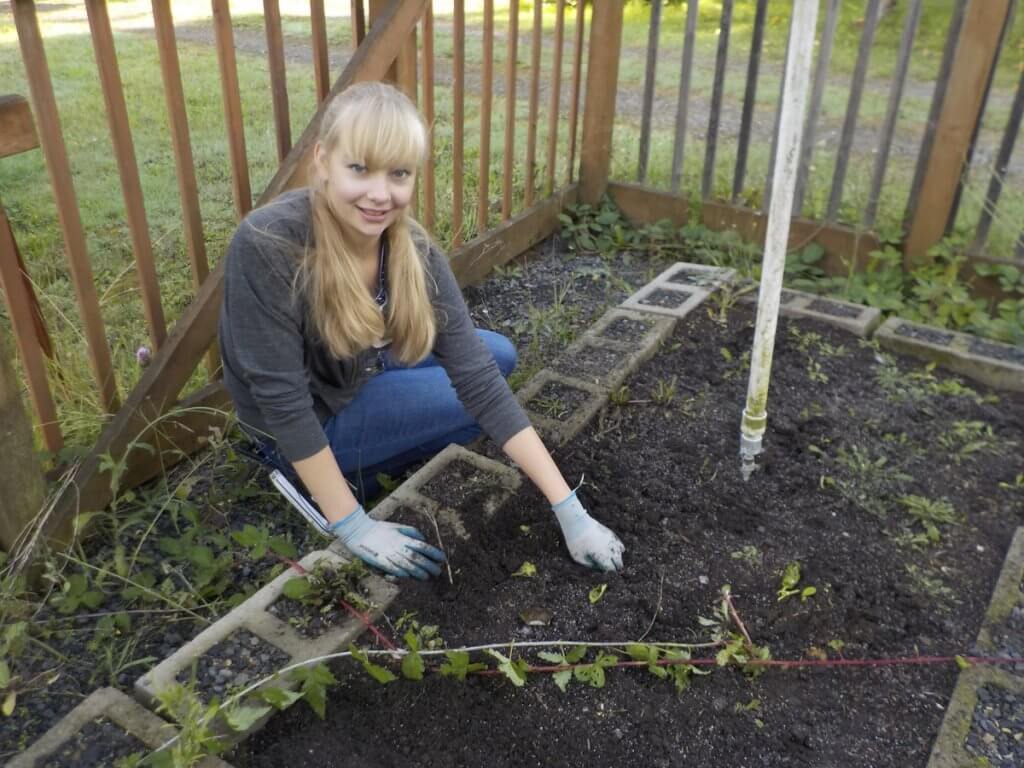
CASEE Creek
The CASEE campus is separated into an east and west sides by a ravine containing a creek. The creek begins as a seep at the southeast corner of campus and runs all the way to Salmon Creek a the northwest corner. Students conduct water quality analysis and wildlife camera studies on CASEE creek.
Ponds
There are two man made CASEE ponds on the site that are used by students. The ponds are accessible from the gravel path adjacent to the CASEE greenhouses. Both the large and small ponds are utilized for egg mass surveys by the Biology classes and amphibian surveys by the sophomore classes. The ponds are habitats for salamanders, frogs, macro-invertebrates, birds and mammals on the CASEE campus.
Students conducting water quality analysis at CASEE pond.
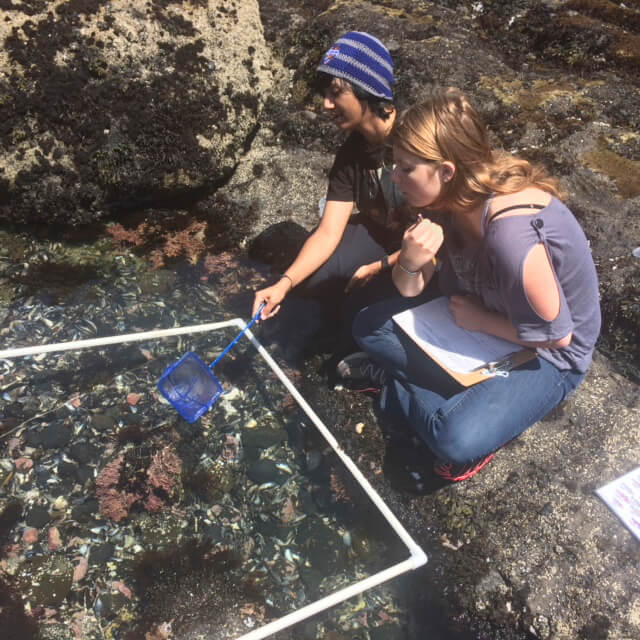
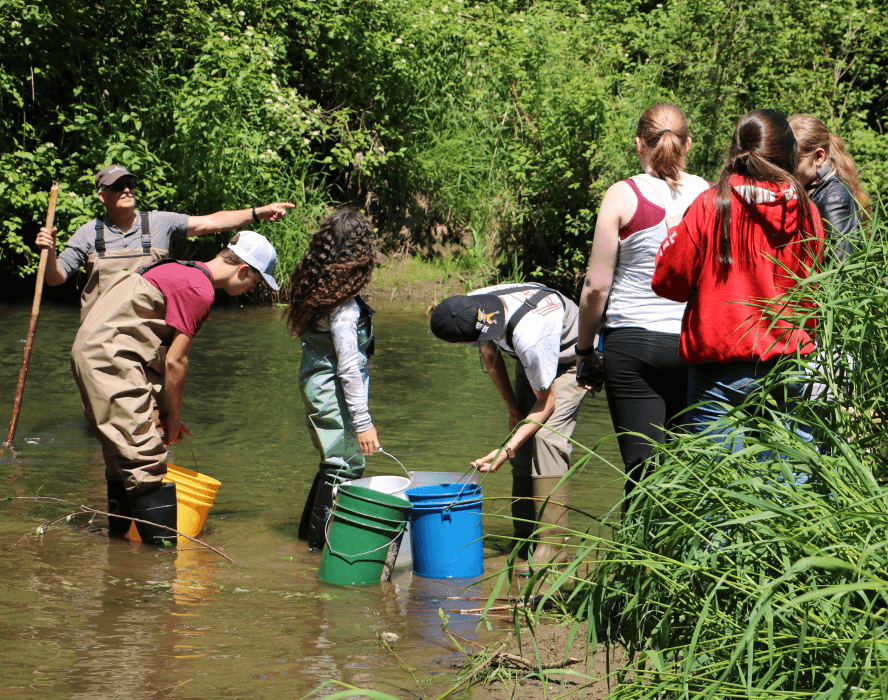
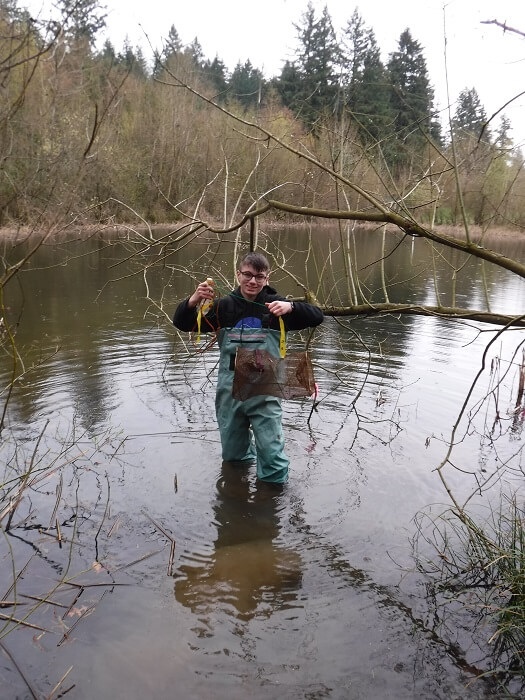
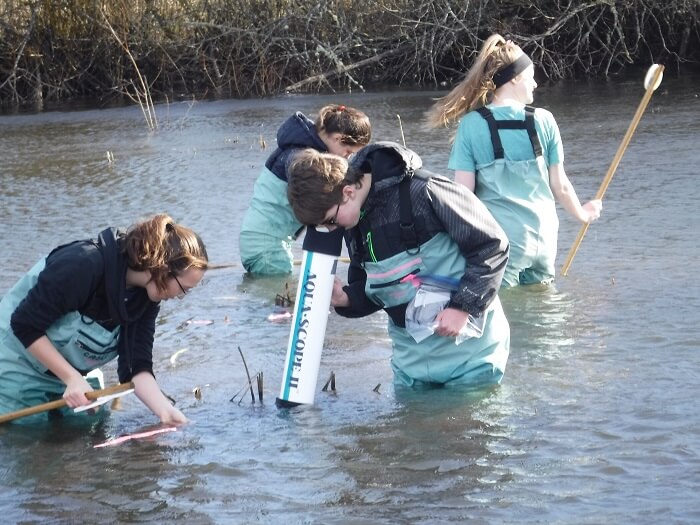
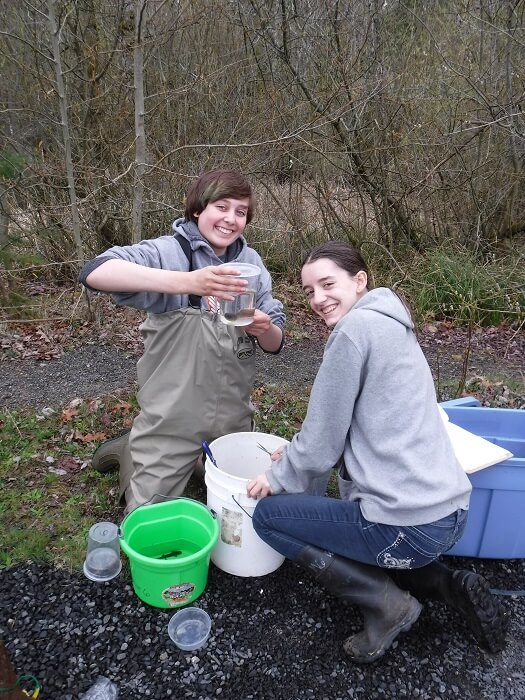
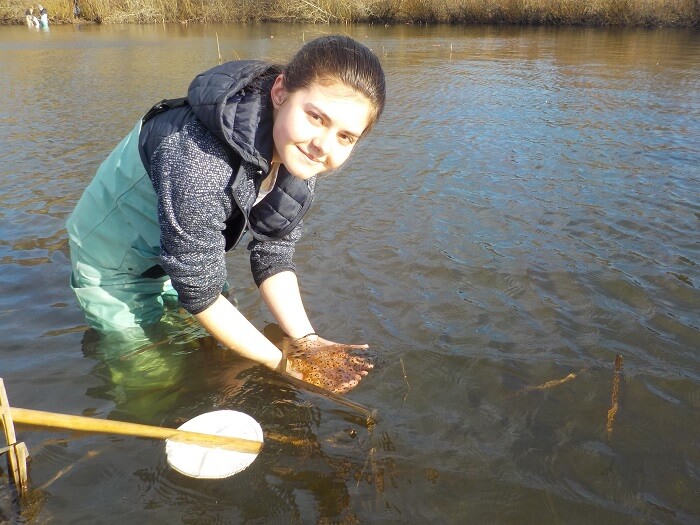
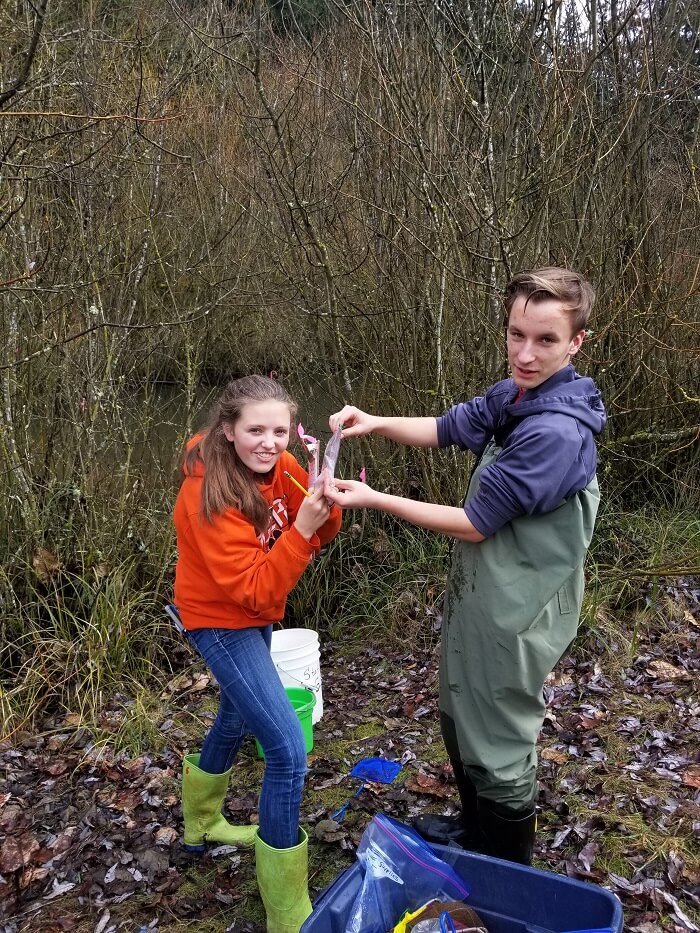
CASEE forests and trails
CASEE campus’ East forest includes several loops through an old growth forest.
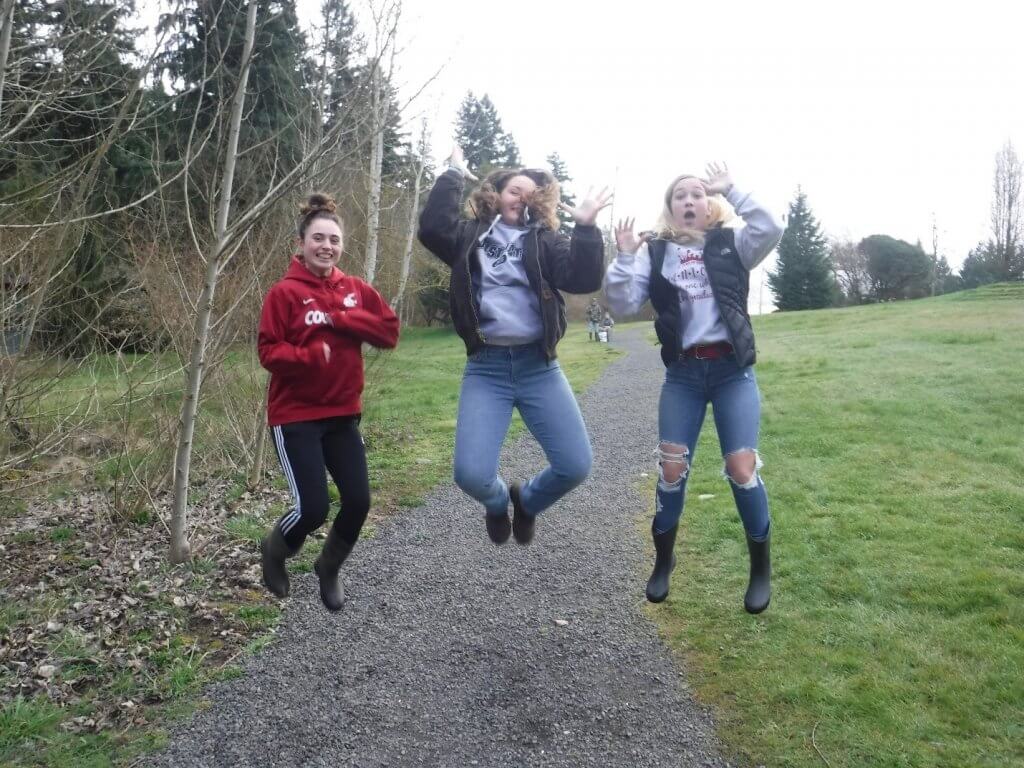
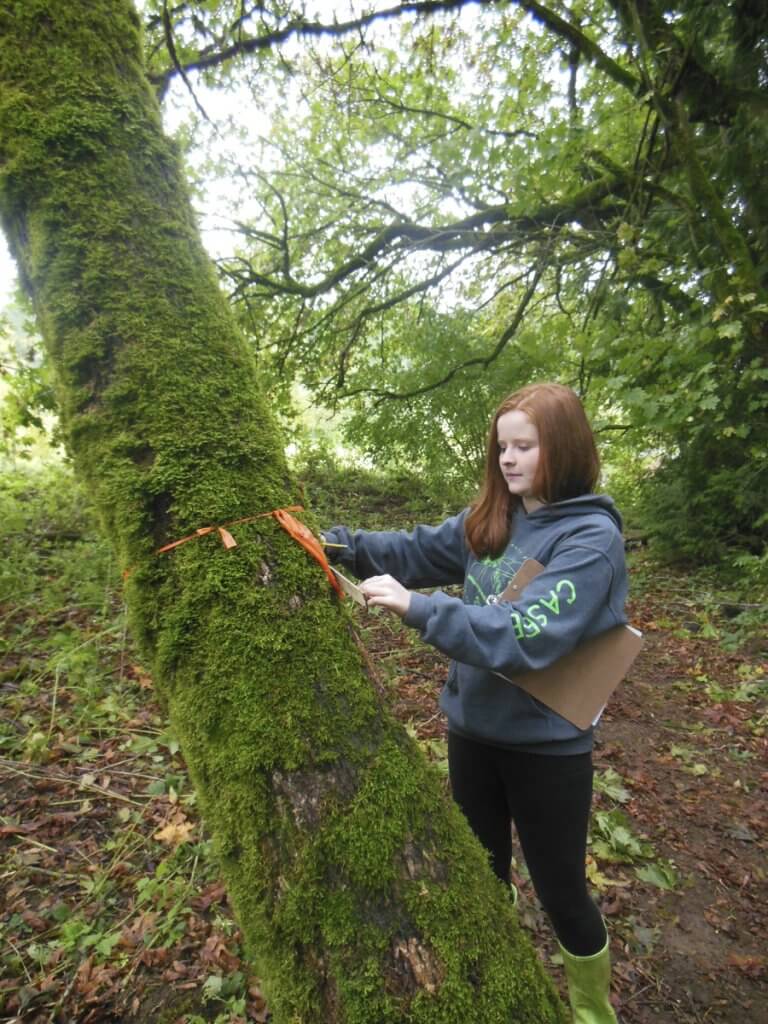
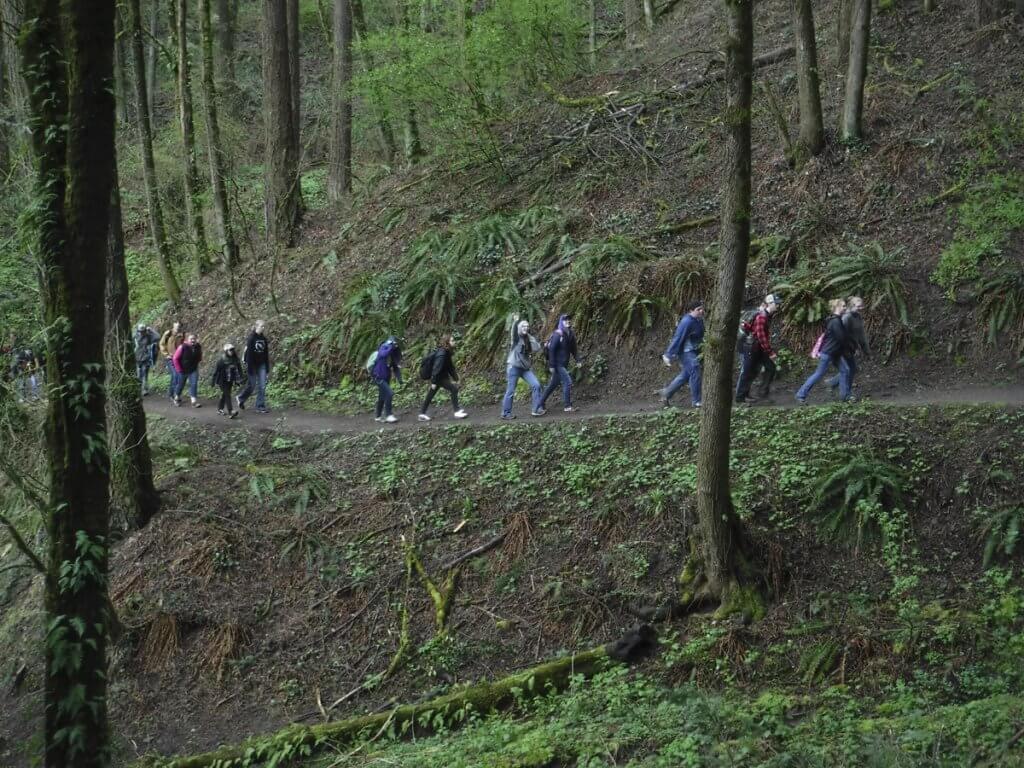
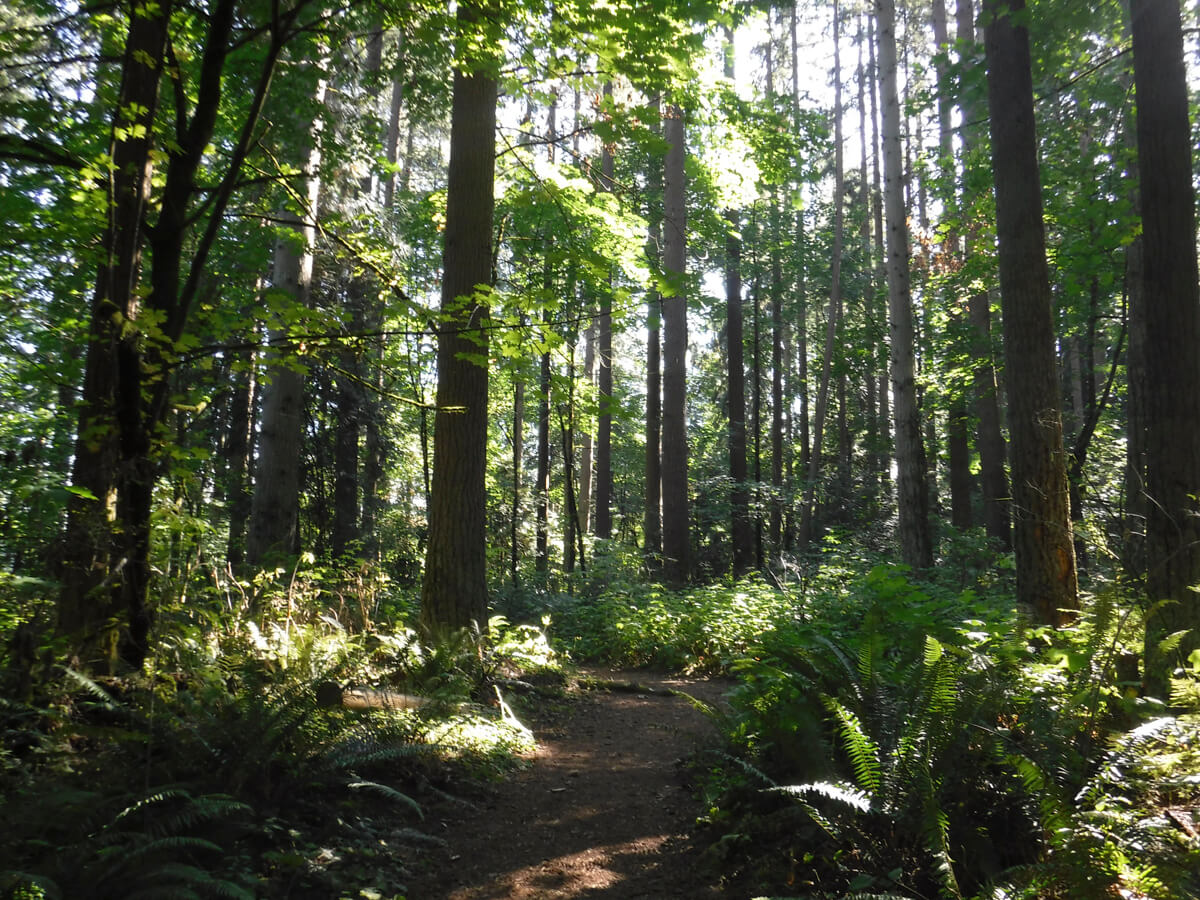
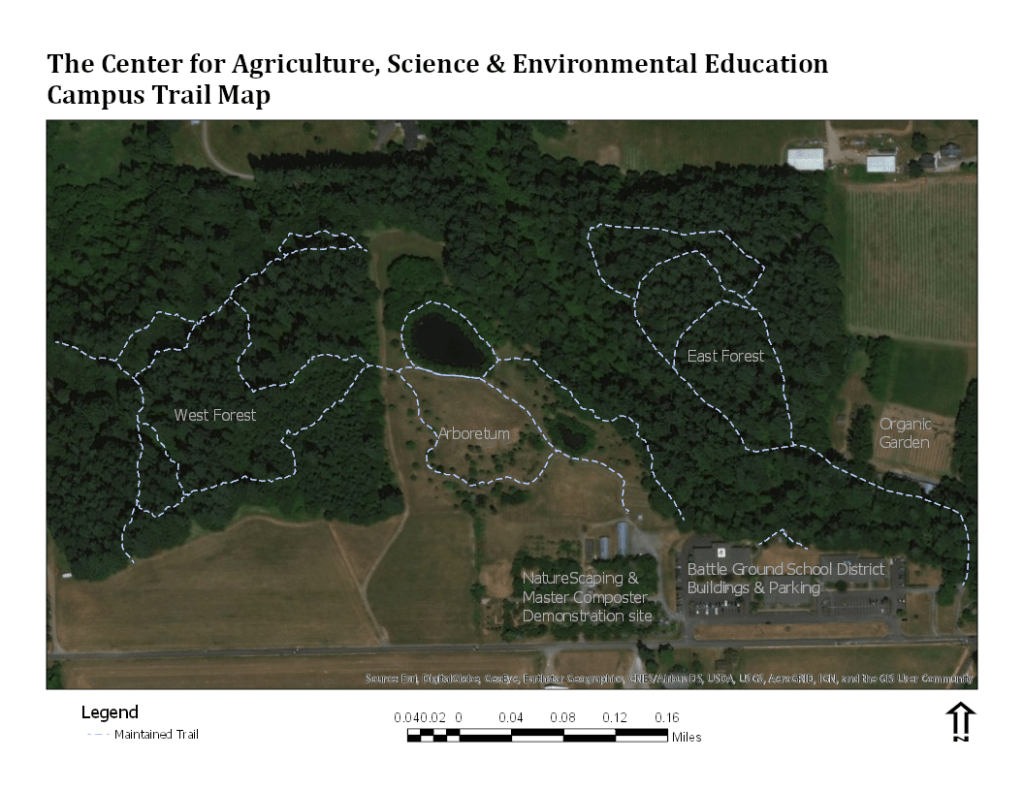
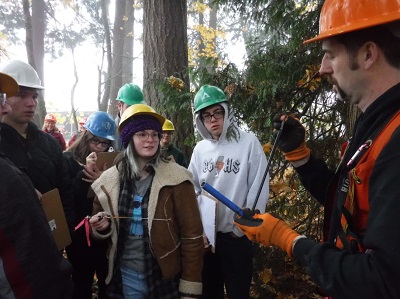
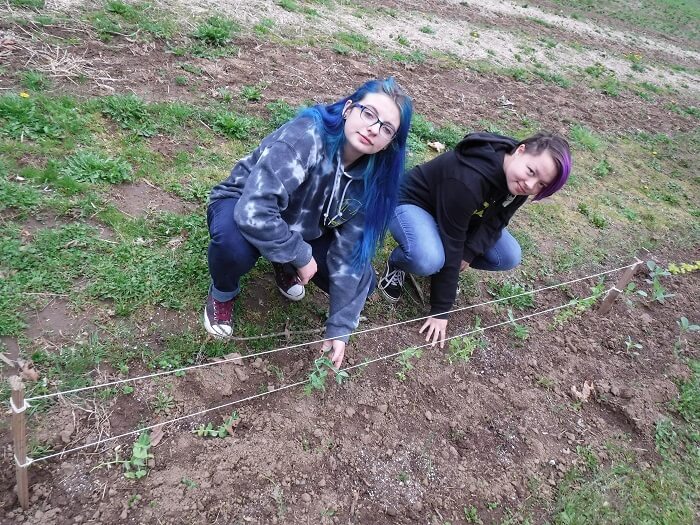
Arboretum
The CASEE Arboretum is a collection of both native and cultivated trees established to allow students to see living examples of the trees they will not see in the forest.
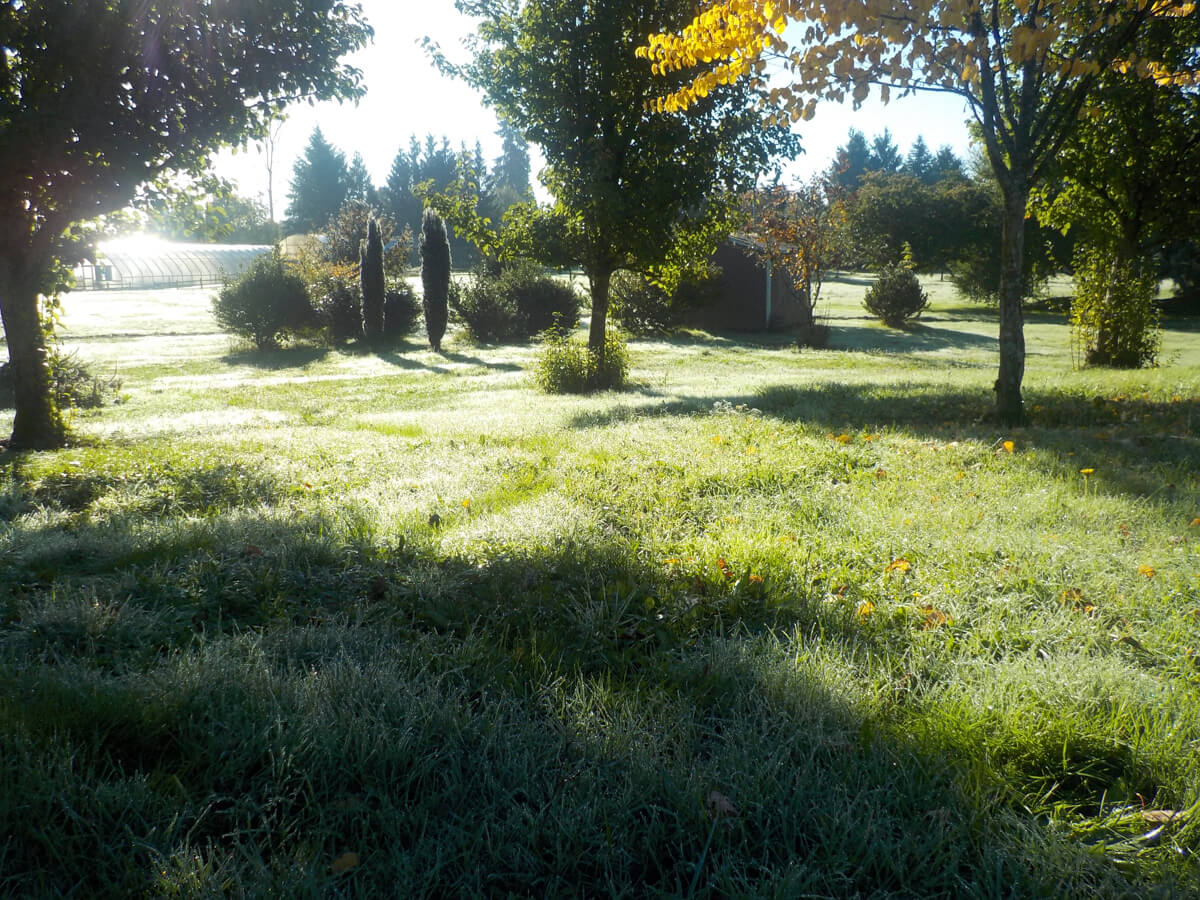
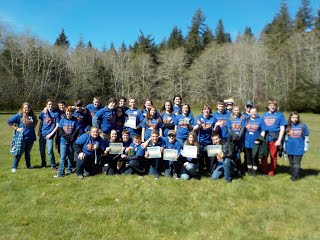
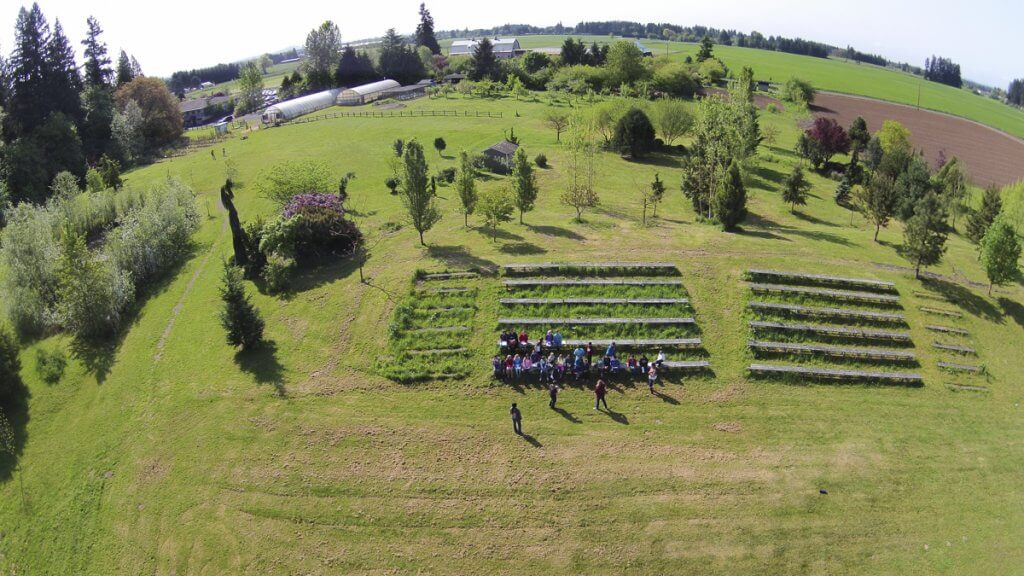
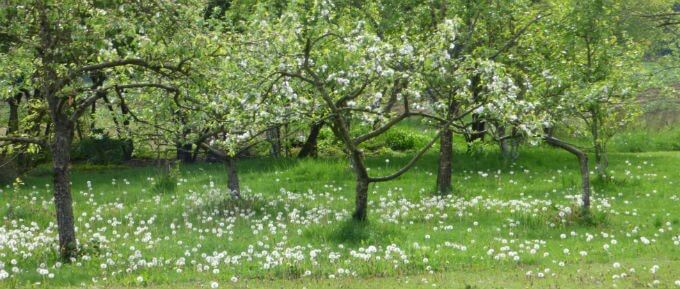
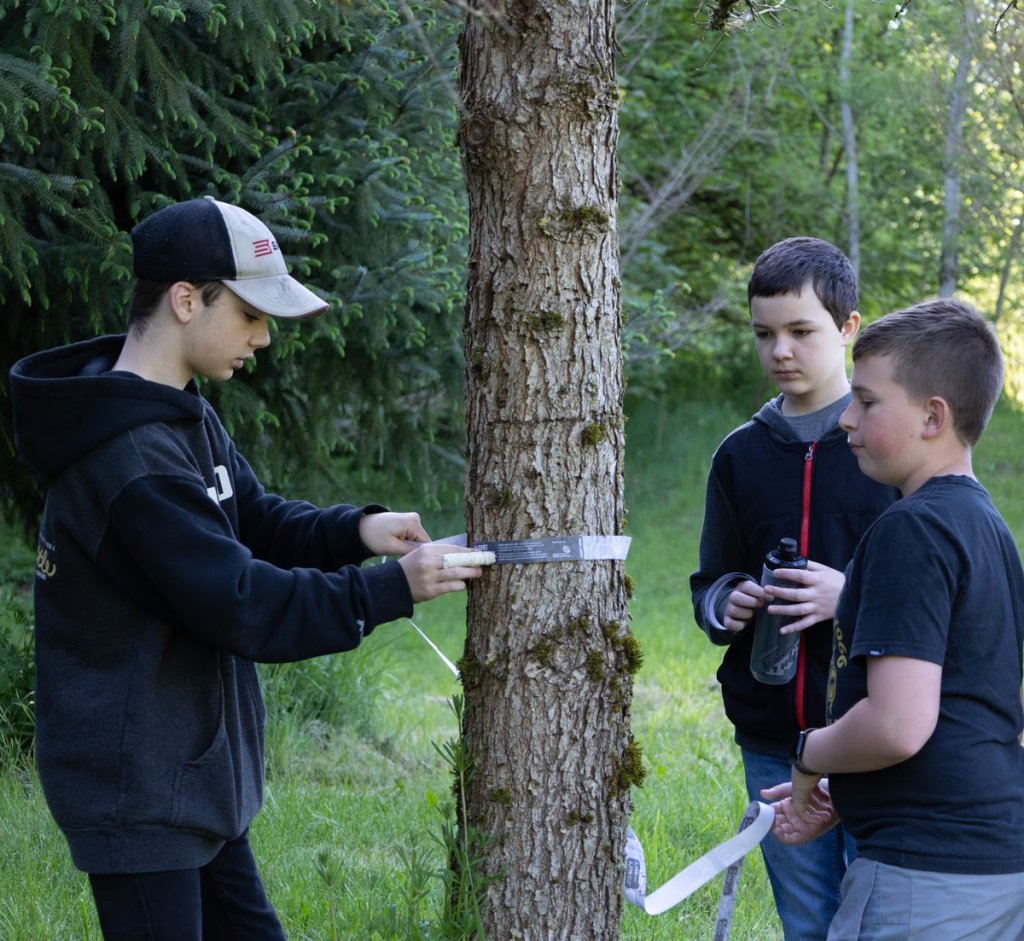
CASEE Gardens
The inspiration for CASEE came from a science teacher and an agriculture teacher asking why are we teaching these subjects separately. The concept has expanded to integrating physics and engineering curriculum and the current pairing of microbiology and biotechnology but CASEE’s roots will always be in agriculture. The campus includes a large two acre garden where students grow a variety of heirloom and modern vegetables. There is a smaller garden near the greenhouse for temporary storage of bare root plants and experimental plots. Our partners, the NatureScaping of SW WA, maintain several ornamental gardens designed to be both beautiful and beneficial to wildlife.
Students harvesting corn from the two acre organic garden on the east side of the campus

